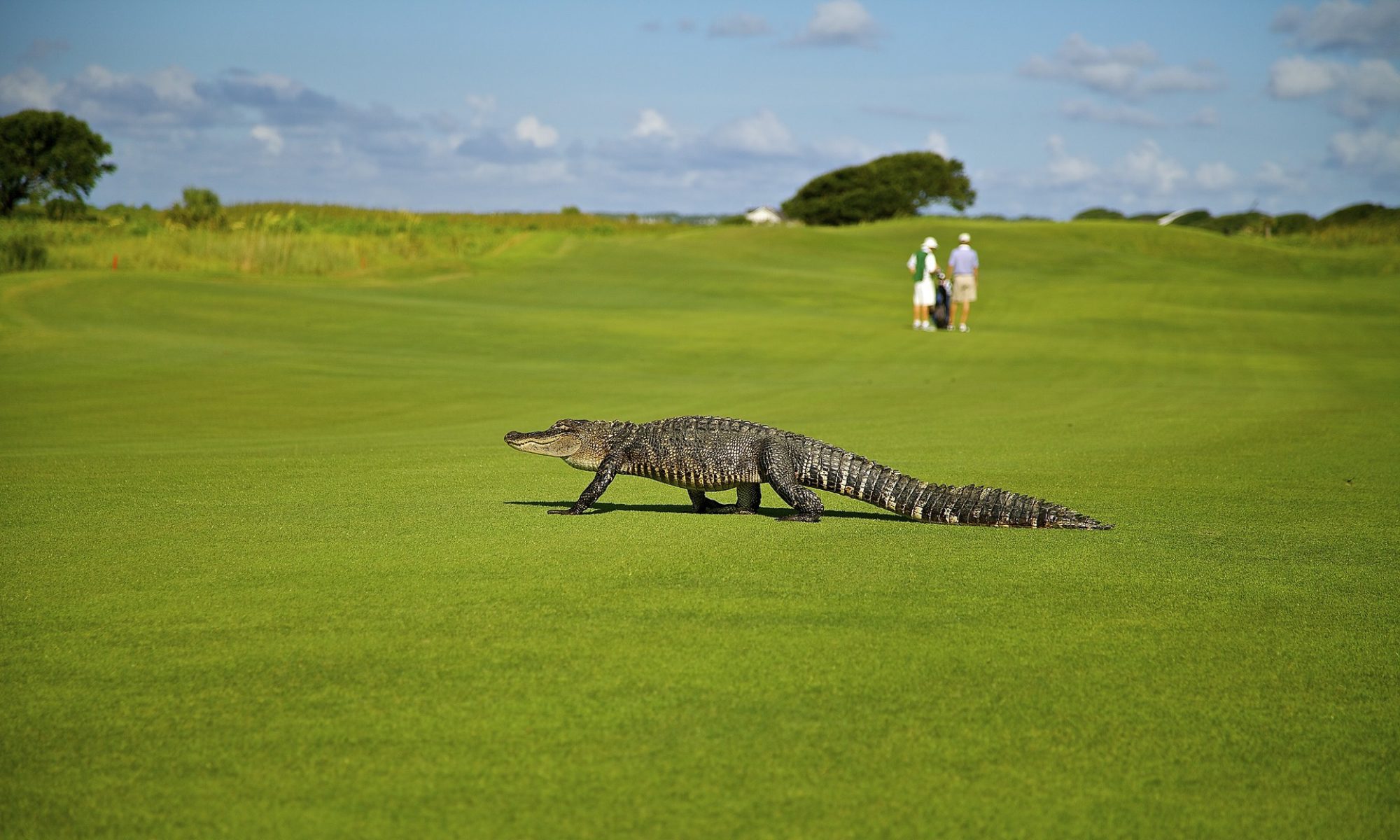This weekend I played the Gold Course at Camp Lejeune. I hadn’t played there in awhile and it was fun. This round I really wanted to concentrate on my putting and especially my distance control. My last few rounds have been riddled with three putts. I’ve been hitting greens, but my long lag putts have be difficult for me to get close. These are strokes I’m giving away! So this is what I did…
Longer putts require longer strokes. Shorter putts require shorter strokes, especially the backswing. I’m a pretty intellectual player so I took this to heart a few years ago. I actually started quantifying how long I want my back swing based on how long the putt was. For example, if the putt was 10 feet, I may take a 1 foot backswing. Then if I have a 20 feet putt, I’d take a 2 foot backswing. I would then adjust my stroke depending on the speed of the greens each day. The result was closer lag putting and less three putting.
I had moved away from that recently and was putting more based on feel. However, many times I would focus on the line and forget about distance. The result was more three putts.
So this weekend I started quantifying my backstroke again and it worked. I was taking a foot backswing for about 12-14 feet on flat ground. If the putt is downhill or uphill, I would add or subtract. It’s like my own personal stimp meter. If I knew the stimp meter measurements, I’m sure I could use that in my calculations. In any case, I had no three putts and made an 8 and 13 footer. Gotta be happy with that!
